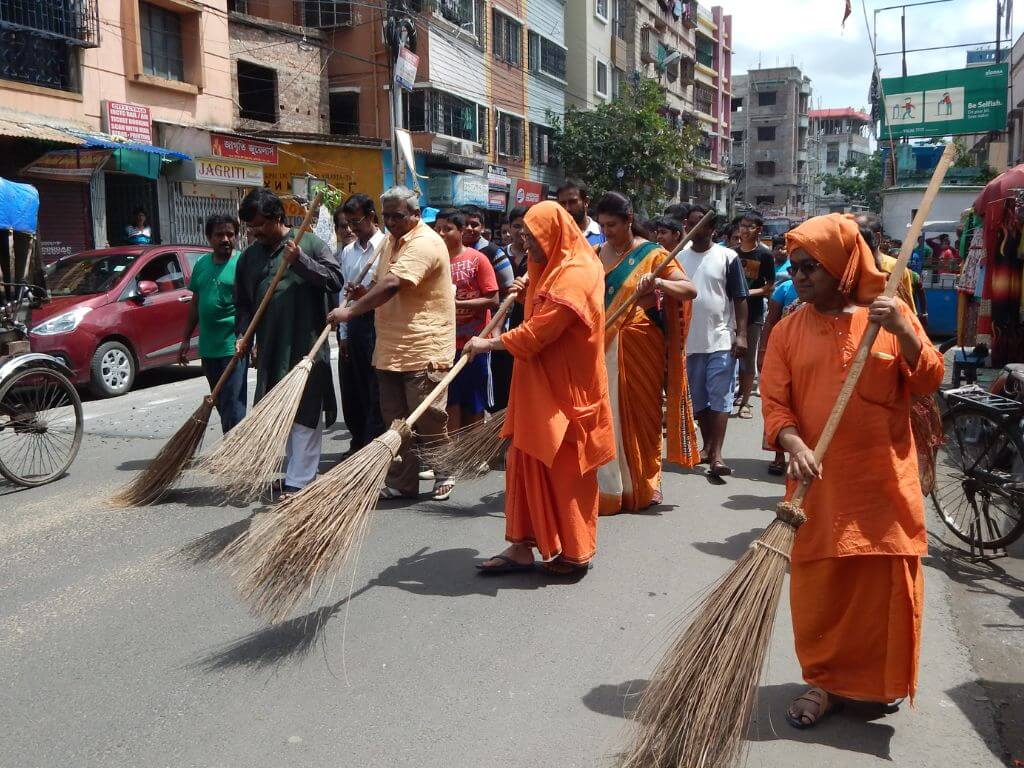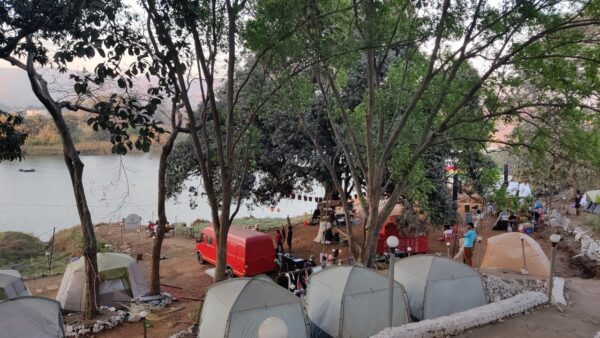Seen on the arc of time, the 2014 general elections marked a significant shift in India’s political landscape when the Narendra Modi-led NDA government focused on urban issues and promised, among other things, a new urban India with world-class cities. The government initiated major urban missions including the Smart Cities Mission, Pradhan Mantri Awas Yojana, and Swachh Bharat Mission to transform cities.
However, the 2019 elections and the COVID-19 pandemic shifted the government’s focus to welfare support and we saw fewer urban programmes. Many were carried over from the previous government. Schemes were started for migrant workers but these did not ease life for the urban poor. As the Modi-led government seeks a third straight term in office, this is an opportune moment to reflect on the urban agenda of ten years and redefine it so that India’s cities are inclusive, liveable, and sustainable places for all.
Overall, the urban development narrative largely overlooked the urban poor and workers, re-centralised powers, saw the emergence of Special Purpose Vehicles for project implementation contributing to the dilution of community participation and engagement. The detailed evaluation is below. The first section assesses key programmes, the second studies the 2024 election manifestos of parties to understand inclusion of the urban poor, and concludes with ten points to reimagine cities.
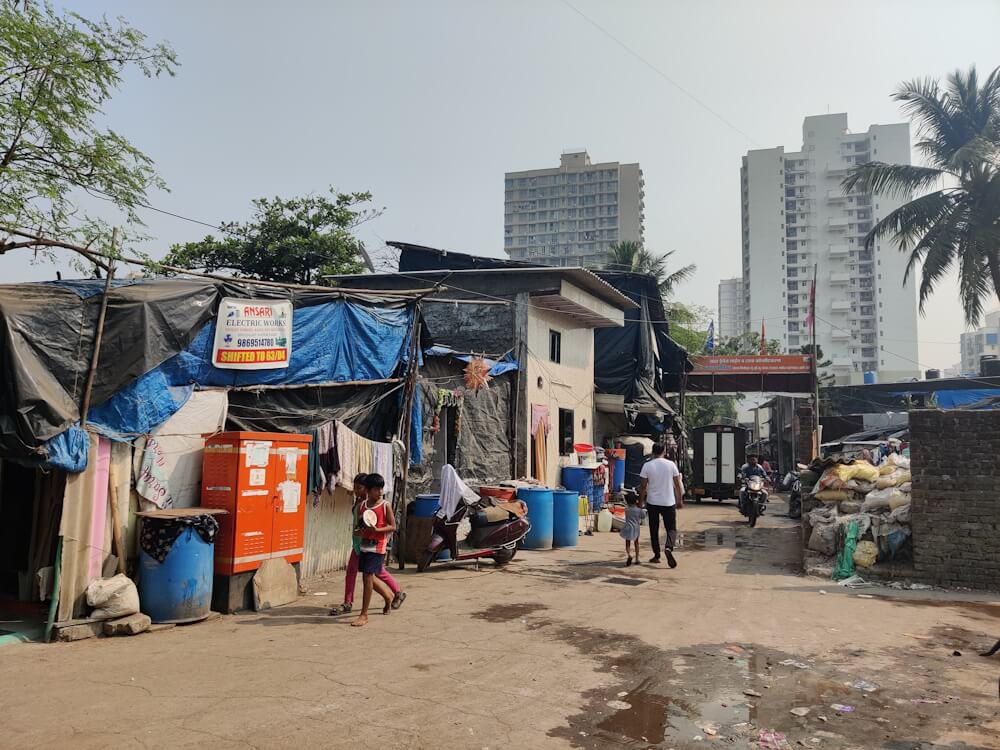
Photo: Jashvitha Dhagey
Successes and failures of key programmes
The past decade has seen at least six major national programmes focused on the urban. The Smart Cities Mission was a major one launched in 2015 to create 100 ‘new’ smart cities which shifted to technological retrofitting of existing cities. It was supposed to enhance inclusivity, walkability, and IT-centric solutions but has seen limited success on these parameters although approximately 90 percent funding is claimed to have been utilised.[2]
On the ground, the Mission morphed into the development of exclusive enclaves through area-based development (ABD). It has also been criticised for infringing upon the Urban Local Bodies, neglecting crucial aspects such as housing, social infrastructure, and inclusion which exacerbated urban inequalities. Some critics even termed it a recipe for social apartheid.[3] Worse, as the slums of Indore or Patna, street vendors of New Delhi, and demolitions in Varanasi show, there has been forcible eviction of the poor in the name of smart cities.[4] With little success on the ground, the Mission rarely finds a mention in policy circles now.
People’s participation, a key tool for inclusive planning, was reduced to social media likes and impressions in this Mission as well as others. Also launched in 2015 was the Pradhan Mantri Awas Yojana (PMAY)-Urban to provide housing for all by 2022. This had four verticals: in-situ slum rehabilitation with private developer involvement, affordable housing through credit-linked subsidy, affordable housing in partnership, and subsidies for beneficiary-led construction. As of March 20, 2023, more than 12 million houses have been sanctioned of which only 72.72 lakh were delivered to beneficiaries.[5]
Despite claims of success, urban India’s housing shortage increased, reaching almost 29 million in 2018. [6] The ‘Housing for All’ schemes benefited middle and high-income groups more than the needy. It is noteworthy that the most successful component of PMAY has been the beneficiary-led construction which accounts for over 62 percent of houses built. However, a substantial number of poor settlements and slums do not have land titles which left them out of it. Under the in-situ slum rehabilitation based on land monetisation for private builders, only 2,10,552 houses were sanctioned.
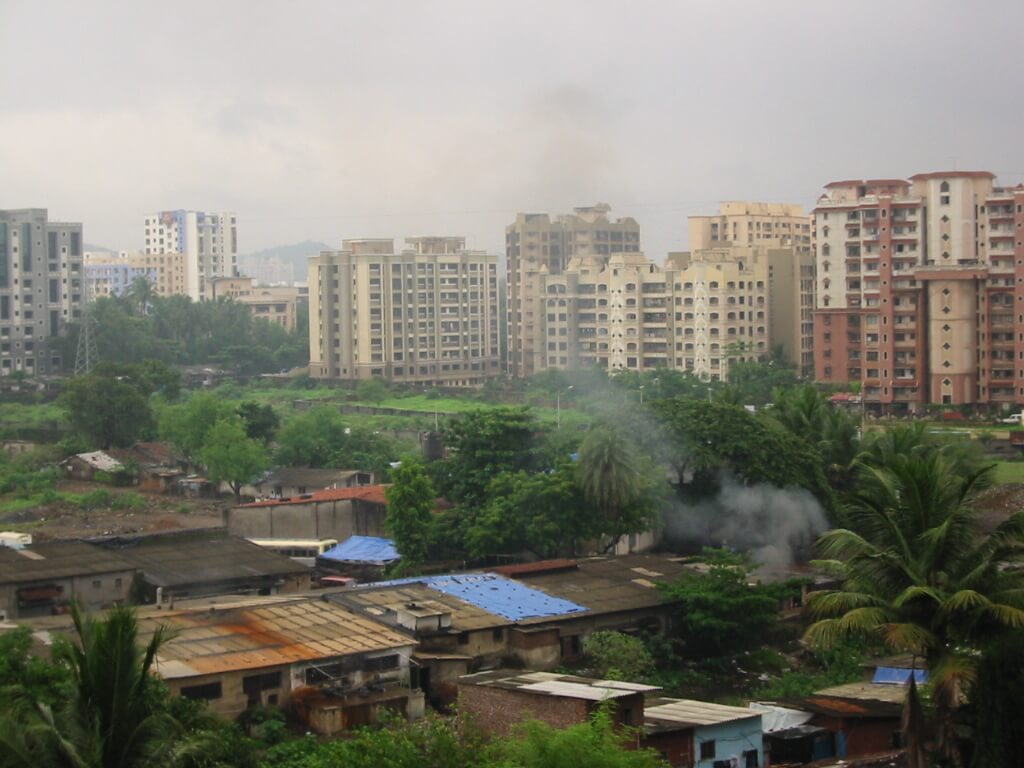
The narrative behind the numbers is important. Houses under the PMAY were mostly ghettoised far away from city centres to free up high-potential land.[7] This led to isolated communities, disconnected from urban amenities and opportunities, further marginalising the urban poor. Equally important, the scheme failed to address the question of land for affordable housing in cities. The success of PMAY has been uneven across states and cities.[8]
The affordable rental housing initiative, a positive policy was introduced as part of PMAY in response to the COVID-19 pandemic.. Despite its potential to provide much-needed housing for migrant workers and other vulnerable people, it did not materialise as envisioned. Overall, though the PMAY-Urban delivered housing on paper, implementation issues and the inherent exclusion of the landless, homeless, and migrants have limited its impact.
The Swachh Bharat Mission (SBM), launched in 2014, has been lauded. It created substantial public awareness and engagement, visibly improving conditions in some cities.[9] It had two broad components of building toilets and solid waste management. While the construction of toilets has been relatively successful, ensuring their use remains a challenge, often for lack of water supply. Land availability in urban poor communities and toilet maintenance remain challenges. Data shows a mere 77,009 public, community toilets and urinals across all cities.[10]
On the solid waste management side, the recurring deaths of workers in manual scavenging continue unabated; 400 workers died over the last five years.[11] As in the Smart Cities Mission, in this too, many private trucks ferry waste in cities while waste pickers and safai karamcharis remain marginalised. The emphasis on collecting and centrally managing (mostly unsegregated) waste, as well as promoting waste-to-energy plants, has been criticised as unscientific and flawed.
Climate and poor overlooked
The National Urban Livelihoods Mission (NULM) programme has been less talked about. Approved in 2013 for vulnerable groups in urban areas, this has seven components which have functioned below-par. The most concerning has been about the marginalised like NULM-Shelter for Urban Homeless.[12]
Despite the impact of the pandemic on livelihoods and the urgency to find new approaches, the NULM continued with the old framework. The only exception was the addition of PM SVANidhi (Prime Minister Street Vendor’s AtmaNirbhar Nidhi) to help street vendors.[13] However, other informal workers including gig workers who have seen falling urban incomes post-COVID-19 could not benefit.
Beyond these schemes, a critical aspect has been overlooked. Over the past decade, Indian cities have been hit hard by climate-related disasters like urban floods, heatwaves, water scarcity, and air pollution. This underscored the lack of a comprehensive sustainability framework. The reforms needed in urban planning and a robust national urban policy framework have been missing. Urban development has largely continued in the ad hoc business-as-usual mode.
Also, there has been an erosion of decentralised urban governance with the rise of the Special Purpose Vehicle model being adopted for schemes. The gap between intent and action has been growing which was starkly brought out when, during the G20 Summit in Delhi, informal communities and urban poor settlements were literally – and figuratively – erased.
While long-term in-depth studies are awaited, it is possible to state some ground truths about urban development in India in the last decade: it overlooked the most marginalised urban poor and workers leading to significant inclusion gaps. Besides this, the tendency to centralise powers hurt the principles of local governance while the emphasis on the Special Purpose Vehicle model undermined people’s participation. The issue of land governance and distribution was not addressed. Schemes and missions functioned independent of each other.
An honest evaluation of urban development strategies and programmes of the last decade was needed but this has not happened.
Manifestos and promises for 2024
Heading into the 2024 election, political parties released their manifestos. It has been hardly encouraging to read the sections on cities and the urban poor.
The BJP manifesto which is heavy with “Modi Ki Guarantee” emphasises the continuation of its policies and schemes. It adds “ease of living in cities” for workers through “Shramik Samman”[14] Given its track record, this seems lip-service. The Congress party’s manifesto “Nyaya Patra” has more focus on equity and social justice with a strong emphasis on inclusion of SC, ST, women, fisherfolk, and especially urban and informal workers.[15]
Left parties prioritised workers’ rights in urban development in their manifestos[16] [17] [18] with pro-poor welfare measures and comprehensive plans for land, and urban employment. Regional parties like Nationalist Congress Party (Sharad Pawar) have dedicated sections on urban development and workers’ welfare[19] while Dravida Munnetra Kazhagam, Trinamool Congress, and Rashtriya Janata Dal address urban issues with a labour welfare perspective but do not contain a strong mention of urban issues.[20] [21]
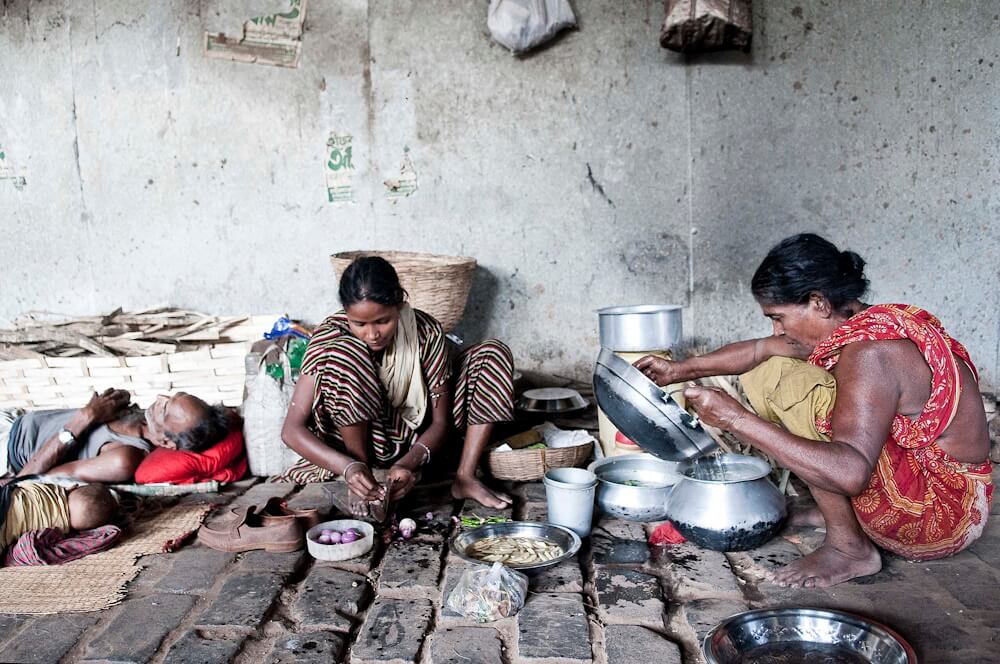
Photo: Wikimedia Commons
On land and housing, the BJP self-congratulates the success of PMAY while the Congress mentions a right to homestead act for rural areas, hinting at similar provisions in cities. The CPI(M) promises comprehensive land reforms and opposes eviction drives, while the CPI aims to construct affordable housing for marginalised groups. The DMK promises to double the funding for housing schemes while the TMC aims to build state-financed houses. The NCP(SP) promises affordable housing and slum rehabilitation with secure tenure.
Urban governance reforms are prominent in manifestos. The BJP aims for cooperative urban governance while the Congress and CPIM call for more powers to directly elected mayors and stronger implementation of the 74th Constitutional Amendment. The TMC and DMK ask for more resources and powers for cities, while the NCP promises Municipal Cadre creation.
Most INDIA bloc parties promise to launch urban employment programs; the CPIM wants to focus on smaller cities. On transportation, the BJP waxes about metro services while the Congress suggests improving transport connectivity and the CPIM promises strengthening public transport. The manifestos mention water crisis and climate impacts in cities without specific interventions.
For workers, the Congress promises several guarantees including increasing the minimum wage to Rs 400, comprehensive health and life insurance. The BJP promises workers “respect” but does not address social security concerns. Smaller parties offer stronger pitches to improve workers’ conditions.
Overall, the manifestos reflect an increasing recognition of urban issues and working-class concerns. The opposition parties push for a stronger focus on social equity, urban governance, and urban livelihoods. However, they fail to paint strong alternative visions for the future.

Photo: Wikimedia Commons
Future directions: 10 key insights
These could be key actionable areas for better cities.
Decentralise urban governance: There is an urgent need to secure this given the damage done by the SPV model. The implementation of the three-decade old 74th Constitutional Amendment Act should be reviewed and additional functions added to the Urban Local Body (ULB) list. Rights related to urban planning, slum improvement, housing, urban livelihoods, and climate action should be devolved to city governments.
Empowerment of ULBs: Decentralised local governance needs empowered ULBs which must be done through transfer of finances, functions, and functionaries. This must be steered by a new ministry called the Ministry of Urban Governance – counterpart to the Ministry of Panchayati Raj – working alongside the Ministry of Housing and Urban Affairs.
Public participation as a Right: All plans and programmes must have meaningful involvement of communities and people. Mechanisms of such engagement like participatory planning, democratic governance, and budgeting need to be built within the framework of rights in cities.
Inclusiveness as a priority: Our cities epitomise inequity and its intersection with the variables of class, caste, religion and gender. This must be addressed with fundamental redistribution of land, finance, and resources. Also, urban policies and infrastructure must be mandatorily inclusive of marginalised groups such as urban homeless, women, migrant workers, persons with disabilities, LGBTQIA+ and the NULM should be repurposed for this.
Formalise the informal: There is an urgent need to recognise and regularise settlements and livelihoods in cities so that the informal are not dismissed or demolished. A specific programme for slums will help the urban poor as their life-work realities are accepted in the mainstream and access to urban services is improved – and their persecution by bulldozers can stop.
Commons and climate: Planning and policies must imagine open spaces, natural environment and watercourses as urban commons that are valuable to combat climate change-related challenges with a new national urban resilience programme. The focus should be on the smaller infrastructure, low-cost, and community-managed ones wherever possible.
Reimagine workers’ rights: Urban livelihoods in the informal sector are affected by climate actions and need to be framed as such in urban policies, programmes, and projects. Also, rethink work and workers in cities beyond minimum wages and social security to include rights, space, housing, access to resources.
Data, technology and transparency: There is an immense need for data and information systems to inform policies and emergency response mechanisms in cities but data and technology must be accessible to all, and not exacerbate existing inequalities or favour a few.
Learn from states and cities: National urban policies must learn best practices and innovative measures from states and cities. Top-down, centre-led approach must change. The innovative urban land titles in Odisha, for example, can better inform national programmes such as PMAY–Urban on housing.
Thinking beyond big cities: India’s urban development story, at this stage, needs a national policy framework which looks beyond large metropolitan city narratives and focuses on smaller cities with room for state and city participation.
Poised to have more than 50 percent population in cities in this decade, it is crucial that India’s government now reimagines cities – from mere economic centres to spaces of rights and justice, of dignity and equality, of sustainability and inclusiveness for all.
Aravind Unni is an urban practitioner and researcher working with informal workers and urban communities for inclusion in urban planning and cities.

